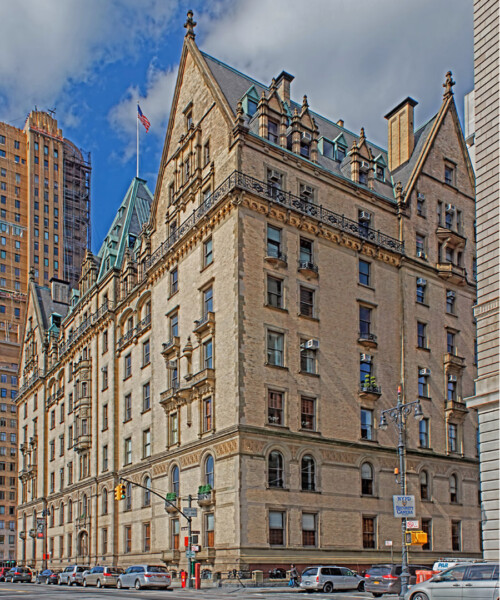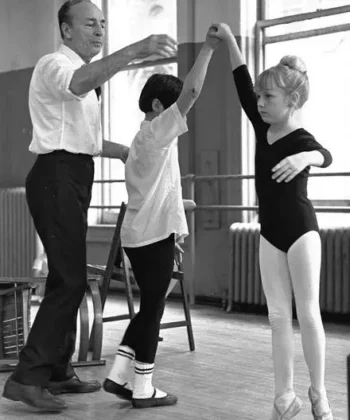The Dakota, the exclusive Manhattan apartment building that’s housed the likes of Joe Namath, Yoko Ono and Judy Garland, might be next to impossible for mere mortals to move into, but the famously private building recently opened its doors to historian Andrew Alpern. The resulting book, The Dakota: A History of the World’s Best-Known Apartment Building, features never-before-seen building plans and archival photos of the building’s interior. Here, Alpern divulges to DuJour what it was like getting insider access to one of the most elite residences of all time.
What inspired you to write the first full-length history of The Dakota?
Since I was a young child growing up in the neighborhood, I knew about The Dakota. Naturally it fascinated me because it was so dramatically different from every other apartment house I ever saw. I began collecting articles about the building well over 50 years ago. When I met someone who was enthusiastic about the idea of its history, the concept of the book resonated me and I decided to write it.
What eye-opening things did you discover about The Dakota from writing this book?
It was so fascinating to discover how astoundingly brilliant and innovative the man who built The Dakota was. Edward Clark proved to be a fantastic businessman when he developed the Singer Sewing Machine Company with Isaac Singer. Then, later in his life he used the same innovative thinking to create a brand new product to fill a need no one knew existed.
Why do you think The Dakota is such an important part of Manhattan’s history?
Clark created the first truly luxurious apartment house in New York. In the process, he created the need that justified his project. Essentially, he did the same thing that Steve Jobs did with the Apple computer.
You wrote nine other books about Manhattan’s architecture before this one. What makes The Dakota different than other landmarked buildings in New York City?
By 1910, the luxury apartment house was the primary form of upper class residential living in the city. I wondered how it really all begun. The pioneer was The Dakota, which presented both a new living concept and a new neighborhood. This book delves into how it all happened.
What was the most exciting part of this project?
I loved creating all those floor plans because they’ve never been published before. Each one is so clear, so you can really see how living at The Dakota was so much better than living anywhere else.
What do you hope readers take away from your book?
I want my readers to come away with a better understanding of what constitutes living well, and why New York apartments cost so much, especially at The Dakota. But more important, I hope they understand how Edward Clark identified problems and how he went about solving them so they gain a better understanding of thinking outside the box.







































